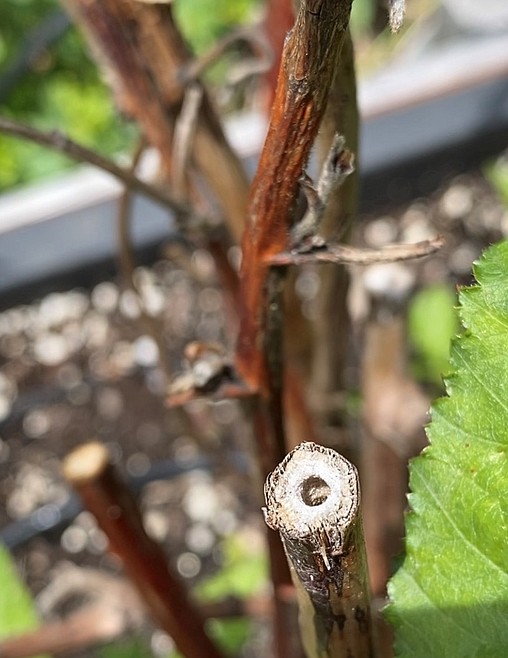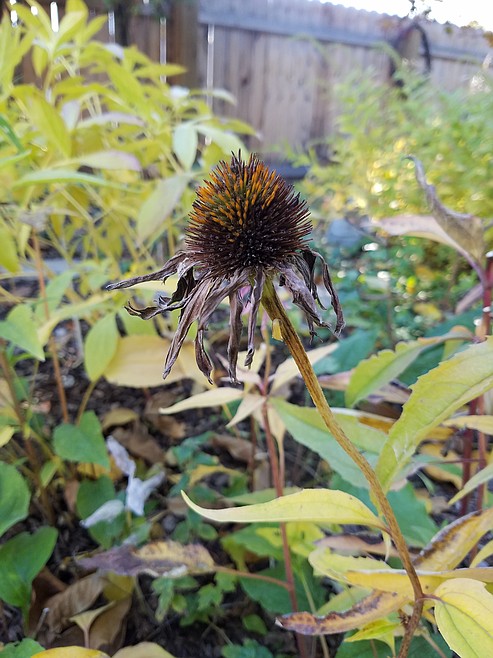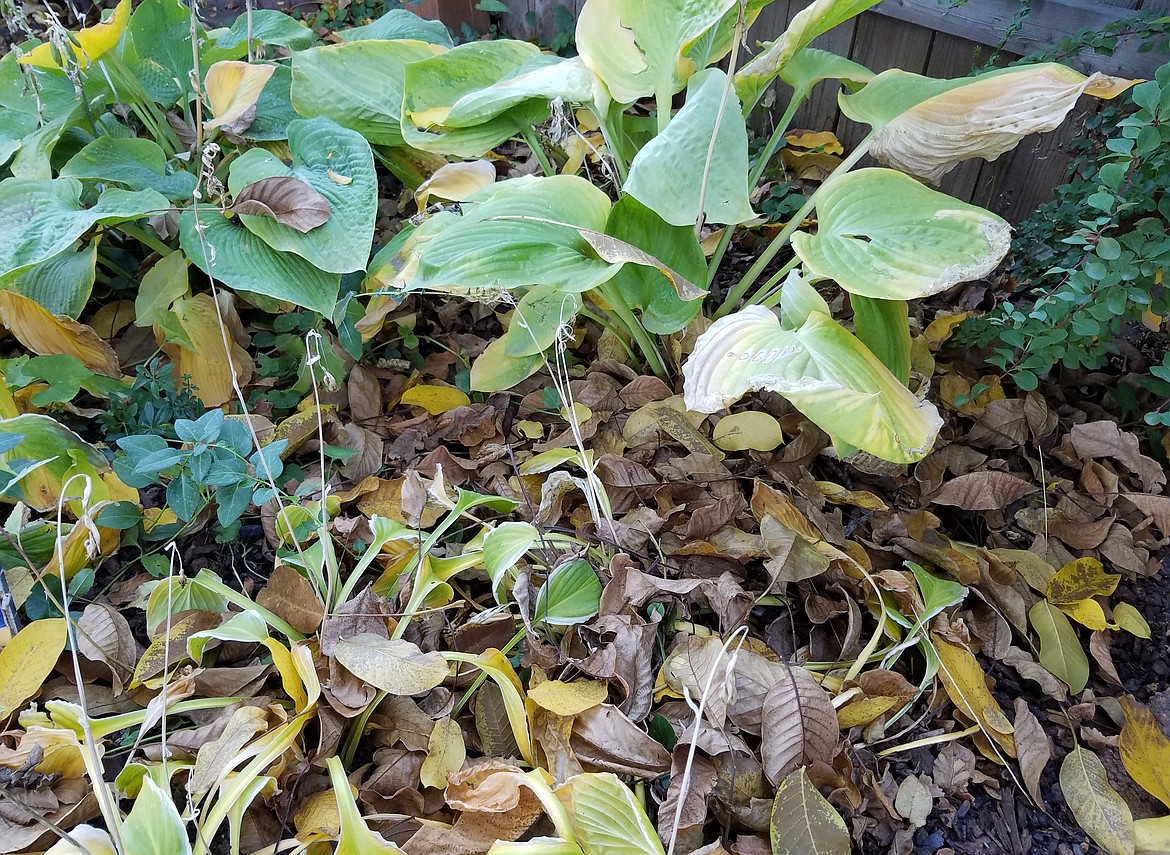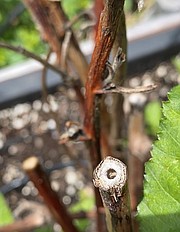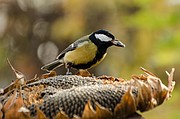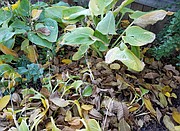MASTER GARDENER: Putting your garden to bed
October is the month we clean up and prepare our garden for winter. We pull up the remains of our vegetable crops and annual plants and try to wrap up the gardening season with a few final concerns.
Should we cut back perennials to the soil line? There are all those leaves that will be coming down. Do we need to do anything for our shrubs? But could there be too much garden cleanup?
The first killing frost signals the time to remove the remains of your vegetables and annuals. This debris can be unsightly and contribute to disease the next year. Some plants, such as tomatoes, can be affected by fungus that can stay in the soil over the winter. Pull up and discard all diseased parts of the plant. You can compost the parts that are healthy.
What about perennials? Although it may look tidy to cut perennials to the soil line, we really are doing a disservice to wildlife species that use these plants for food and shelter. Seed heads can provide food for songbirds. Bees and other helpful insects may use plant stalks for shelter. They emerge hungry in the spring, ready to feast on pests like aphids.
Remove and discard any diseased parts, but leave healthy seed heads standing to offer food for birds. Bare plants can also provide winter interest in your landscape when dusted with snow. Wait until spring to trim them back.
Trees and shrubs will be losing their leaves. When I was a kid, we burned leaves at the curb. We now understand this is not good for the environment, but what to do? Put them in the trash? Instead, you can use them as a mulch for your lawn or compost them.
What do shrubs need? You can put about 2 inches of wood chips, leaves or straw around the base to protect the roots from the freezing and thawing of winter temperatures. Avoid mulching the area right at the trunk or crown of the shrub.
Shrubs and trees still need water in the fall to keep them hydrated and help them survive the freezing temperatures. Don’t let them get too thirsty, especially during windy times. If you have some tender shrubs that may benefit from extra protection, wrap them with burlap or surround them with netting filled with a coarse mulching material like shredded leaves or weed-free straw. Hydrangeas or roses may produce more flowers next year with this extra protection.
Are you thinking of pruning now that you can see all the branches of those trees or shrubs? DON’T DO IT! It is best to wait until the dormant season of late winter or early spring (February to early April).
By waiting, we can minimize the dangers of disease. Pruning in the fall can cause problems, because new growth at cutting sites is more susceptible to disease issues or damage from severe winter temperatures. Waiting until the dormant season is safer.
We hope some gorgeous warm autumn afternoons remain. Use some of your time in the sun to help your garden get a start on the next year by keeping the soil healthy. Don’t forget our tiny bird and insect friends who bring us joy, pollinate our plants and gobble up the pests that give us headaches.
Nighty-night, Garden.
• • •
Christina Zampich is a Certified Idaho Master Gardener. The University of Idaho Extension, Kootenai County Idaho Master Gardener program is located in the UI Research Park, 721 S. Lochsa St., in Post Falls.
Learn more about us at https://www.uidaho.edu/extension/county/kootenai/garden or on Facebook. Visit us in person, email us at kootenaimg@uidaho.edu, or call us at 208-292-2525. IMG services are free to the public.


